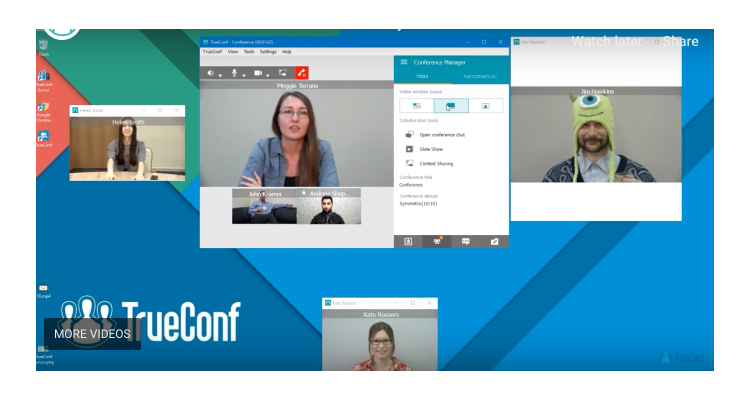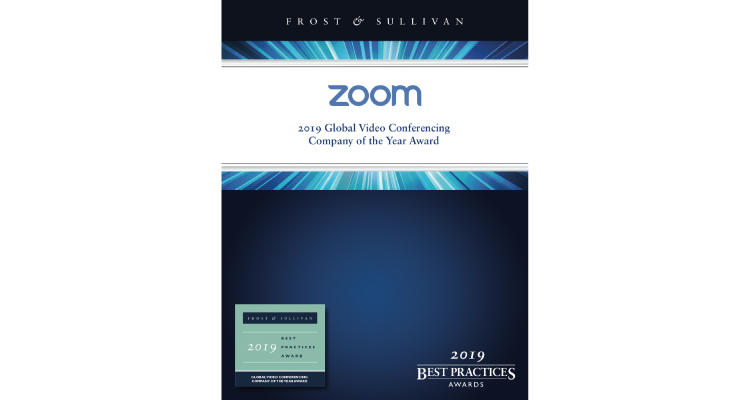Back to the Future 2015
 Robert Zemeckis’ Back to the Future is one of the most iconic trilogies ever made. It is to comedy what Lord of the Rings is to fantasy, The Godfather is to drama, Star Wars is to SciFi and what the 50 Shades movies are sure to be to women everywhere. And just as Star Wars spawned a complete Wookieepedia, Back to the Future has it’s own Futurepedia as well. It is dedicated to the world of 2015 that the director envisioned when he made Back to the Future II in 1989.
Robert Zemeckis’ Back to the Future is one of the most iconic trilogies ever made. It is to comedy what Lord of the Rings is to fantasy, The Godfather is to drama, Star Wars is to SciFi and what the 50 Shades movies are sure to be to women everywhere. And just as Star Wars spawned a complete Wookieepedia, Back to the Future has it’s own Futurepedia as well. It is dedicated to the world of 2015 that the director envisioned when he made Back to the Future II in 1989.
Now of course the most iconic innovations from the film have not come to fruition. We don’t have flying cars or hoverboards or even the Kirk Gibson Jr. adjustable baseball bat. In fact, I’ve complained about that before, asking where is my flying car! However, if we take a look at some of the other things envisioned in the world of 2015 as imagined 26 years ago, we may find many of them in our day to day AV world.
The Food Hydrator– Sure, we don’t have dehydrated pizza as we saw in the movie, where we put in an Oreo sized disc and reconstitute it to a 16″ large supreme. However, in today’s world we may have something even more amazing. 3D food printers. These made a huge splash at International CES and even schools like MIT are experimenting with bio-printing everything from food to new blood vessels for bypass surgery.
Holography– This is a technology that sure has been referenced a lot in futuristic writing and film alike. In BTTFII they have both HoloBillboards and Holofilms. Now outdoor LED billboards are commonplace, (although still 2 dimensional), and 3D movies are on their way back and will take a huge leap forward with the introduction of laser projection technology from industry leaders like Barco. However, Microsoft just introduced us to HoloLens as a way to use wearables to augment reality with bits and bytes. It’s not true holography, I know, but 2015 may be the year we see this idea really start to move forward.
Hovercams- Drones. Nuff said? CES in Vegas was full of drones. Everything from $6000 behemoths with megapixels to spare to $35 selfie drones that leave your wrist, go out and take a pic, and come back. With facial recognition, motion detection, 3D scanning, etc all being fairly advanced and even broadcast quality wireless video transmission now starting to become a reality, the Hovercam from the movie is definitely NOT pie in the sky at this point.
Biometrics- The Hillsdale of the future used the thumb quite a bit. Police officers carried an identa-pad to identify residents by their thumb prints, portable thumb units were used to facilitate payments, and thumbpads granted authorized access to homes and buildings. In fact, the thumb became so important that a whole new type of criminal emerged, the thumb bandit. Any of us that have worked in access control are highly familiar with thumb print readers as well as hand geometry devices and even iris and retinal scanners to verify identity and grant access. The thumbpad really is just another way to enable a transaction reminiscent of Google Wallet.
Multi-Channel Video Screen- This is probably the most obvious one on the list. Of course we can now use a single screen to watch not only PIP but PIPIPIP. Samsung’s new UHD sets come with the ability to display four 1920×1080 images without any external screen processing (of course they limit which 4 feeds can be seen simultaneously). Then if you want to go a step further, devices like Crestron’s DVPHD, RGB Spectrum’s Multiviewers, or even Christie Digital’s Spyder offer endless possibilities here.
Video Glasses– This is another fairly straightforward one. Video glasses and wearable computers are definitely here. Google Glass and Oculus Rift are the two prominent examples of how we can either get a heads up display for the world around us or completely immerse ourselves in another world altogether.
Video Phone- Let’s not be silly. From Lifesize, to Skype, to FaceTime… it’s here. If you’re not down with VTC, then you don’t know me.
The Scene Screen– This was an amazing piece of equipment that turned your window into a portal to another world. We are seeing this now. You can use a real window with a projection film and a projector, or even utilize transparent LCD or OLED technologies to create a screen layer that is transparent but can also be utilized to display an image as well. With new UHD and 4k options and customized content, realism becomes reality as well. Even cruise ships are starting to utilize this idea for rooms without windows by linking a screen to a camera for real time video feeds to make virtual portholes.
Video Avatars- The video simlacrum in the movie were screen based avatars with artificial intelligence geared toward human interaction. However, we’ve actually seen this break out of the screen, utilizing rigid projection surfaces and projectors to create the likes of the 3M Virtual Mannequin. Throw in a little Siri or better yet IBM Watson for some true cognitive AI, and you are definitely in business here.
I’m sure that I have not exhausted all the possibilities and yet I found 9 ways that we have reached the vision of 2015 given to us in Back to the Future II.
So the next time someone like me complains that they still don’t have their flying car or their hoverboard and asks where the 2015 they were promised is, send them this blog, and then knock on their head saying “Hello McFly!”





